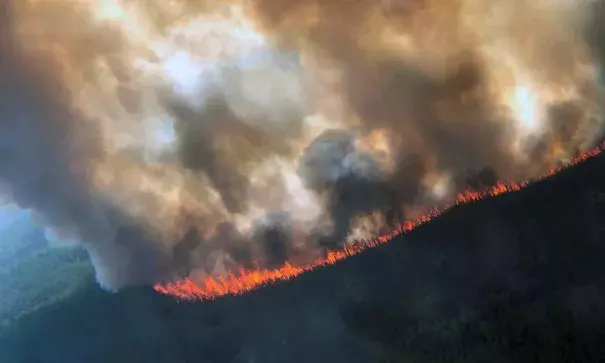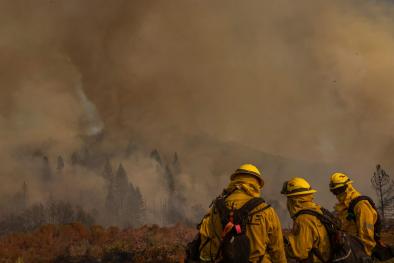Baked Alaska: record heat fuels wildfires and sends tourists to the beach

Record-breaking heat across Alaska is pushing tourists to beaches, and sending flames across the unseasonably hot, dry state.
Anchorage experienced higher than average temperatures nearly every day of June, reaching a balmy 80F on days that once maxed out at a mild 67.
The weather is forecast to heat up further through and after the Fourth of July, with temperatures expected to climb to nearly 90F in Fairbanks and Anchorage over the weekend.
If the forecasts are correct, the state could set several new local heat records before the week is out.
...
When Bering and Chukchi sea ice collapsed and melted months earlier than normal this spring, the University of Alaska climate specialist Rick Thoman characterized the water as “baking”.
“I intentionally try to not be hyperbolic, but what do you say when there’s 10- to 20- degree ocean water temperature above normal?” Thoman told the Guardian. “How else do you describe that besides extraordinary?”
The hot water has affected sea birds and marine life, with mass mortality events becoming commonplace in the region. The National Park Service characterizes Alaska’s increasingly frequent sea bird die-offs, called “wrecks”, as “extreme”. “The folks in the communities are saying these animals look like they’ve starved to death,” said Thoman.
Accelerating ice melt stands to put the state’s coastal communities at risk, reshaping food sources the people rely on and the very land on which they live. Where there are no built roads, Alaskans rely on frozen ground as infrastructure for traveling. Less ice means less of the life that’s evolved to depend on that ice, both animal and human.
Related Content



